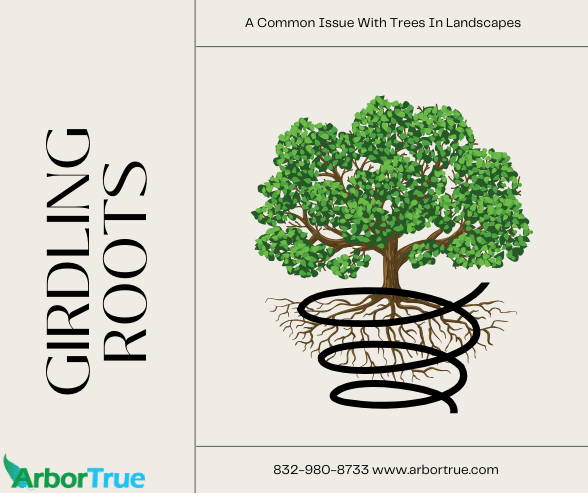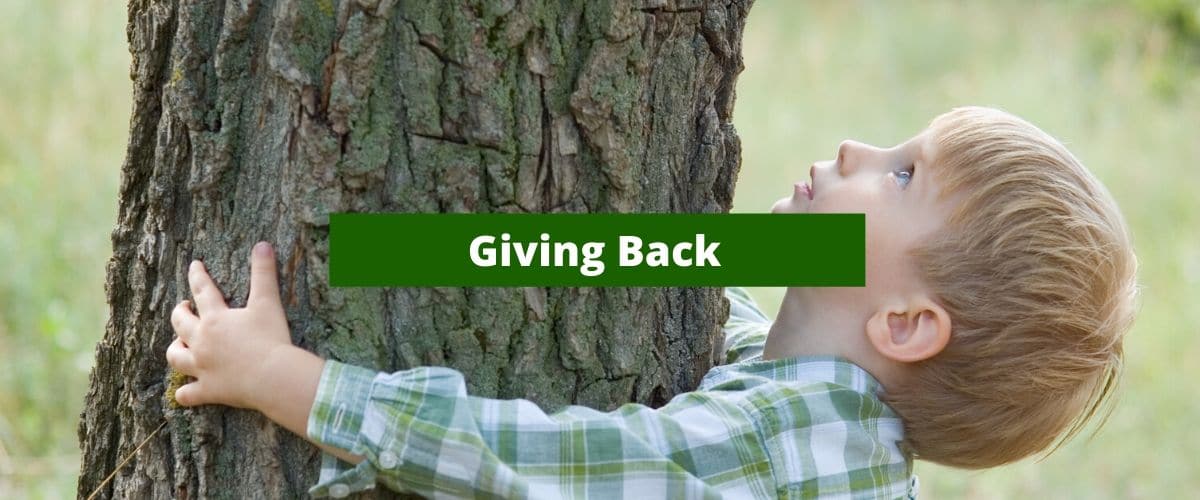
2020 Giving Back For Tree Care
May 11, 2020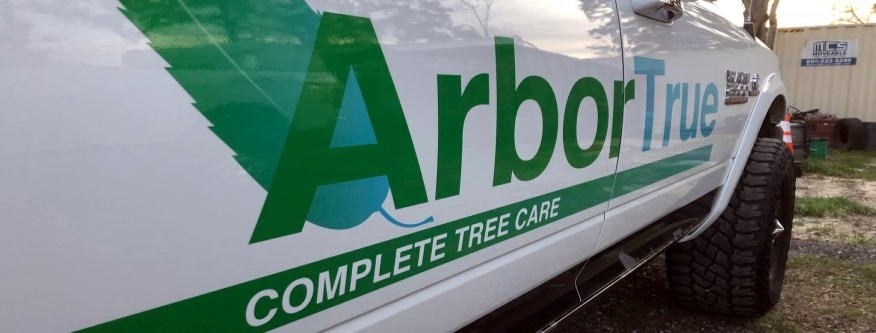
How To Treat Aphid Infestation
October 26, 2022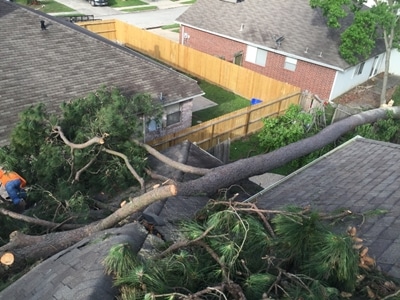
Just like Humans Trees can grow stronger with the right nutrition
With help, you can prepare your trees to thrive in harsher seasons and severe storms and preserve the many benefits you enjoy from your trees. With the help of an arborist, you can not only have a yearlong green lawn, but strong plants able to survive all types of dangerous elements.
How do I prepare my trees before storms?
Our properties, vegetation and plants need to have regular attention. This attention comes in the form of pruning, trimming, and fertilization. For the best results, having the help of a professional can improve the health of these trees with specific changes according to area. Let's review what you can do to help maintain your tree before a storm.
Removing all the dead limbs from the tree:
By removing dead, diseased, decayed, dying, or weak looking branches you remove the high risk failure branches, to reduce any damage that can occur during high winds.
Promote Strong Branch Growth with pruning and trimming
- Encourage good branch angles, removing a branch at a point of weakness, which will then split the branch into two branches close together, remove the weaker of the two.
- Remove rubbing branches, excess suckers, water sprouts and decaying branches.
- Don’t cut branches back to stubs, this will cause newly formed branches to grow from the edge of the stub, making weak inferior branches more likely to fail. Prune back to the branch collar.
- Encourage Strong branch/ Trunk size relations ships, consulting an arborist for ideal sizes would be the best way to learn about tree branch and trunk ratios which are ideal for the type of tree in question.
- Maintain a stable center of gravity by routine tree pruning to keep the tree balanced on all sides, while keeping the tree full and natural.


Not all tree trimming/pruning is equal
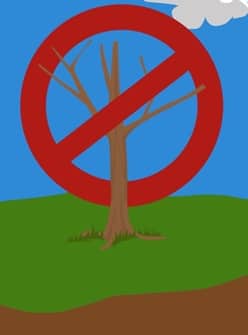
Tree Topping has very big misconception of being beneficial to trees before a storm, but in actuality, this harms the tree, causing the tree more damage than good. Tree Topping exposes the inner heartwood of the tree which will then become infected, causing Heart Rot. This puts most trees in a state of shock, rushing nutrients it normally stores to quickly regrow branches and leaves. The quality of the branch and leaves are usually weak and frail so they are prone to failure under stress.
Lion Tail Trimming, is another form of outdated tree trimming that should be avoided ALWAYS. Not only is it aesthetically unappealing, it causes branches to have all the weight at the end, failing under high winds, and due to the wide open tree crown, foliage can travel with the wind, with a high potential of damage to the tree and property.
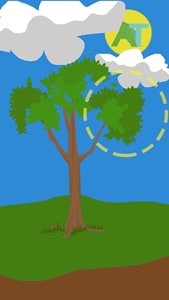
Tree Trimming isn’t enough
Root care is often neglected in tree maintenance. Keeping healthy soil, will greatly improve the strength of the tree branches, and resistance to disease. How does soil maintenance help? It allows tree roots to grow deeper and stronger, preventing tipping. Understanding root care can be tricky for those who have no knowledge of tree care. Employing the aid of an ISA Board Certified Master Arborist can not only provide great advice in root care and soil management, but can also show areas and options the property owner may not have been aware of.
- Avoid cutting any root within a distance of 5 times the diameter of the tree trunk.
- Avoid over soil filling, or excessive mulch, causing the roots to girdle (choke) the trunk.
- Never dump chemicals or oils on the ground under the dripline of the tree.
If you are interested in learning about the many actions you can take in preparing for a storm, contact one of our expert Arborists at ArborTrue and get insights that lead to healthier and stronger trees more resilient to outside elements. Now that we covered things you can do BEFORE a storm, let's look at ways to maintain our trees and plants after a storm.
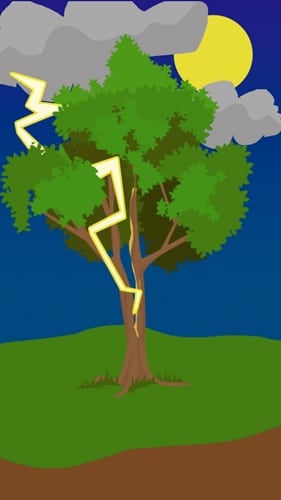
First Things First – Safety!
- After a large storm before assessing any tree, be sure to check your surroundings for any potential dangers like loose branches hanging from the high parts of the tree and downed wires trapped under a tree.
- Look out for downed utility lines, and treat them as if they were live, and stay clear, notify your energy provider, and have them secure the lines. Even if the line looks like it comes from a cable outlet, all cables carry a residual charge that can be fatal, treat all lines that are downed as active and dangerous.
- Exposed roots, soil that has been washed away, are signs of a tree about to fail, or if the tree is starting to lean. This could be warning signs that your tree may fall over.
- Be careful and handle chainsaws with extreme safety. Operating a chainsaw is dangerous, even under ideal conditions, when working in the aftermath of a storm, a person who has no experience with cutting wet wood compared to dry wood can easily be injured or killed.
- Do not work with an unestablished tree service. There are many tree service companies that carry no insurance, and no experience, which can have costly ramifications.
After a Storm, a failed tree can bring on stress, and hasty decisions, which lead to a tree removal, but what if we could save the tree, and help it from failing again under a storm. With proper care, pruning, cabling and soil care, a tree could recover in no time, allowing the homeowner to keep the benefits the tree provides. Depending on the severity of the damage to the tree, age, and species of the tree, it may take longer to recover. Having a knowledgeable, ISA Certified Arborist can help you with the right steps to take to help your trees recover, or advise if the tree may need to be removed.
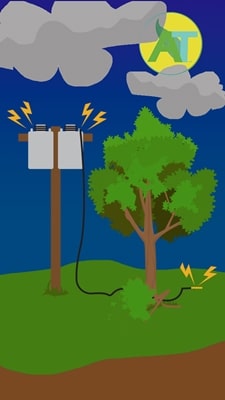
Signs the tree has a chance for survival
- The trees have a strong root system
- The trees have 50 % or more of their crown remaining
- The tree is young or shows signs of vigor
- Did not lose more than 2 major branches attached to the trunk.
Signs the tree has a poor chance of survival
- The tree trunk is split or shows deep damage
- The tree is leaning more than it did prior to the storm
- The tree was in poor health before the storm
- Tree suffered more than 50% of damage to its crown
- Tree suffered severed roots due to the storm
- Tree suffered twists and fractures in the main stem (trunk)
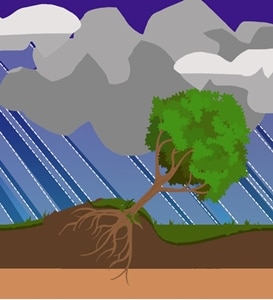
Fertilizing your soil
Are you aware that during wet storms, all the nutrients and oxygen is purged in a matter of hours? During this time trees cannot take in the air, and have to switch its breathing to take nitrogen, the small amount in the soil is absorbed quickly within 3 hours. Now the tree has no nutrition in the soil that can help it recover. Having one of our expert or ISA Certified Arborists who specializing in soil fertilization, will be able to recommend what steps to take to help the tree recover properly.
What Do I Use?
There are many ways to improve the soil such as adding soil conditioners, introducing beneficial bacteria, and enzymes that help promote more nutrients to the plants. To determine what you may need, an ISA Certified Arborist can collect and analyze soil samples to determine what is needed to restore soil to healthy nutrient levels that ensure a speedy recovery.
How long do I fertilize?
Soil level management and routine soil fertilization will normally take 3 to 5 years to recover from flooding, or chemical damage. Although it is a slow process, the results will not only help the tree to recover, but also help the tree and soil resist the strong weather more and more each season you care for it properly.
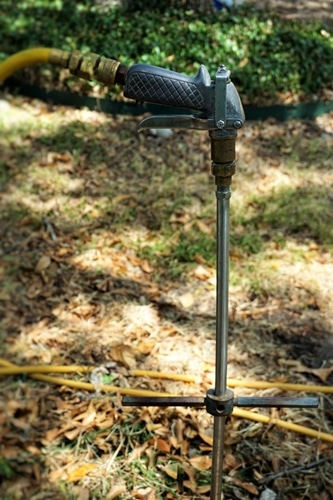
Would you like to have your tree assessed for storm failure? Or are you curious on what steps can be taken to help prepare your tree or trees from any upcoming storm or hurricane season?
If your Tree has been damaged due to hurricane or storms, or if you are concerned about any tree in your property, contact one of our expert Arborists at ArborTrue, and have a 1 on 1 live risk assessment. Our highly knowledgeable Arborist will examine your trees and plants, show you options to improve your trees, property, and plants. We can help you prepare your trees to survive through the harsh weather we experience each year.


